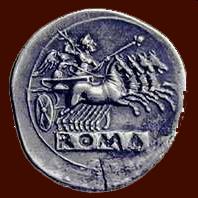




Looking After Your Finds - Identification - Finds

Roman (examples) Mosiac
Powered By Sispro1

Floor Mosiacs
3.
Reference Roman Helmets
Copyright All Rights Reserved by Nigel G Wilcox E-Mail: ngwilcox100@gmail.com
Designed by Nigel G Wilcox
Complimentary Topics
The Paragon Of Metal Detecting
& Archaeology
& Archaeology
Pages
Main Coin Menu
Roman Coins
Menu
Menu
Member NCMD
Roman Menu
Discovered Mosaics Around the UK
Courtesy: published Paragon 06.03.25
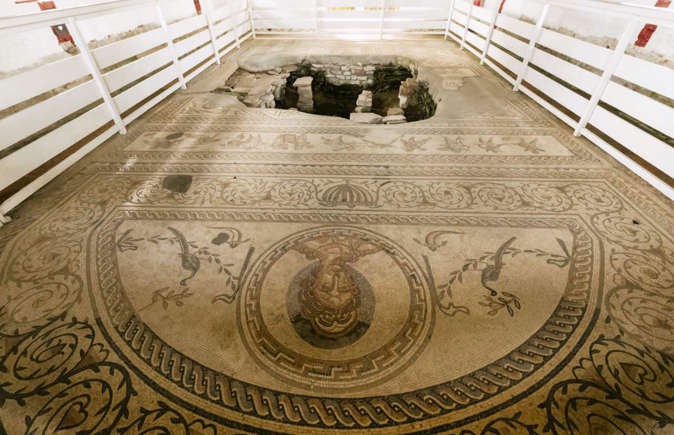
©Steve Vidler/Alamy
Bignor Roman Villa, West Sussex, England, UK
Home to some of the best-preserved Roman mosaics in Britain, Bignor was rediscovered in 1811 after a man struck the water basin of its summer dining room with his plough. Owned by an unknown but very wealthy family, the villa was at the height of its grandeur in the 4th century, and consisted of 65 rooms huddled around a central courtyard in its final state. Beneath Bignor’s remarkable mosaic floor are the remains of a hypocaust – a central heating system pioneered by the Romans that would have warmed the mosaic tiles underfoot.
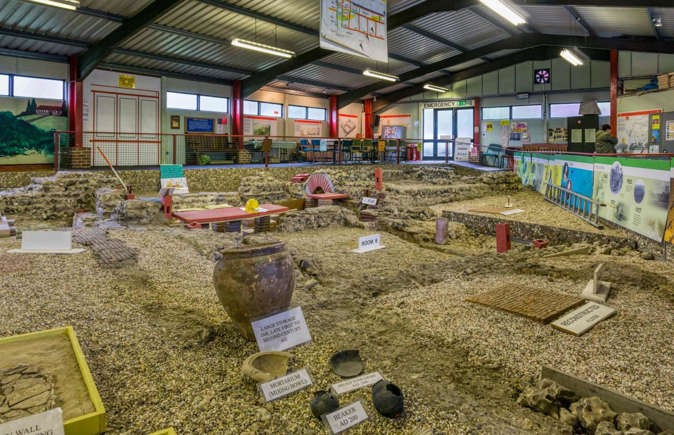
©UrbanImages/Alamy
Crofton Roman Villa, London, England, UK
It might not be as beautiful or impressive as some surviving Roman villas, but this ruin is unique in that it’s the only Roman villa in Greater London open to visitors. Now situated next to a train station car park in Orpington, the villa lay at the heart of a 500-acre farming estate at a time when the capital (known to the Romans as Londinium) and its suburbs were rolling fields rather than concrete jungles. Crofton was inhabited roughly between AD 140 and 400.
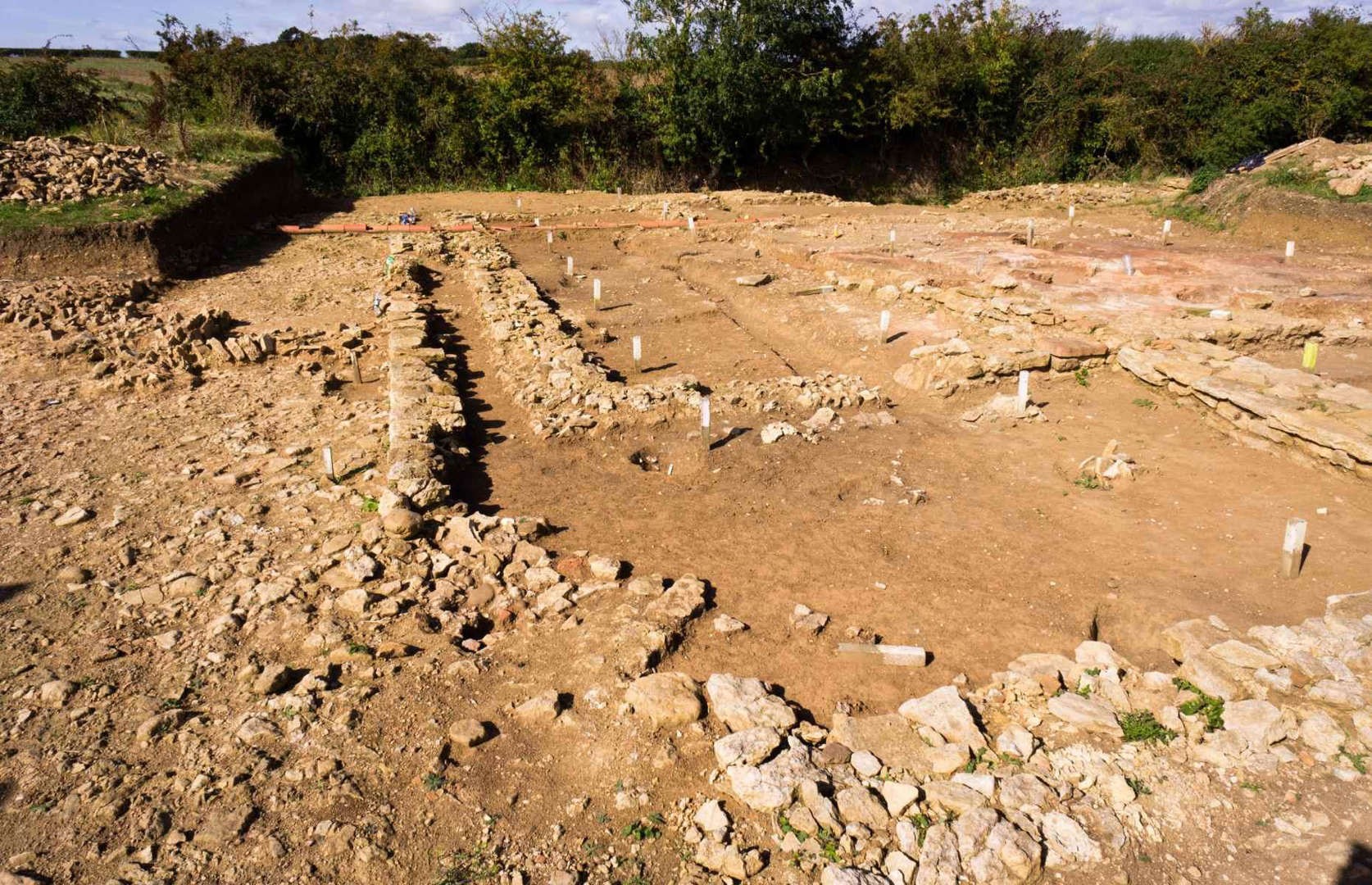
©David Humphreys/Alamy
Piddington Roman Villa, Northamptonshire, England, UK
Lying in a quiet pocket of the Midlands, Piddington Roman Villa started off as a modest property with only five rooms around AD 90. But over the following decades it grew into a trendy wing-corridor house, with two thermae and twice as many rooms. Archaeological evidence suggests that the villa was undergoing additional work when it was suddenly abandoned at the end of the 3rd century. This coincided with Britain temporarily breaking away from the empire, possibly explaining the residents' abrupt departure.
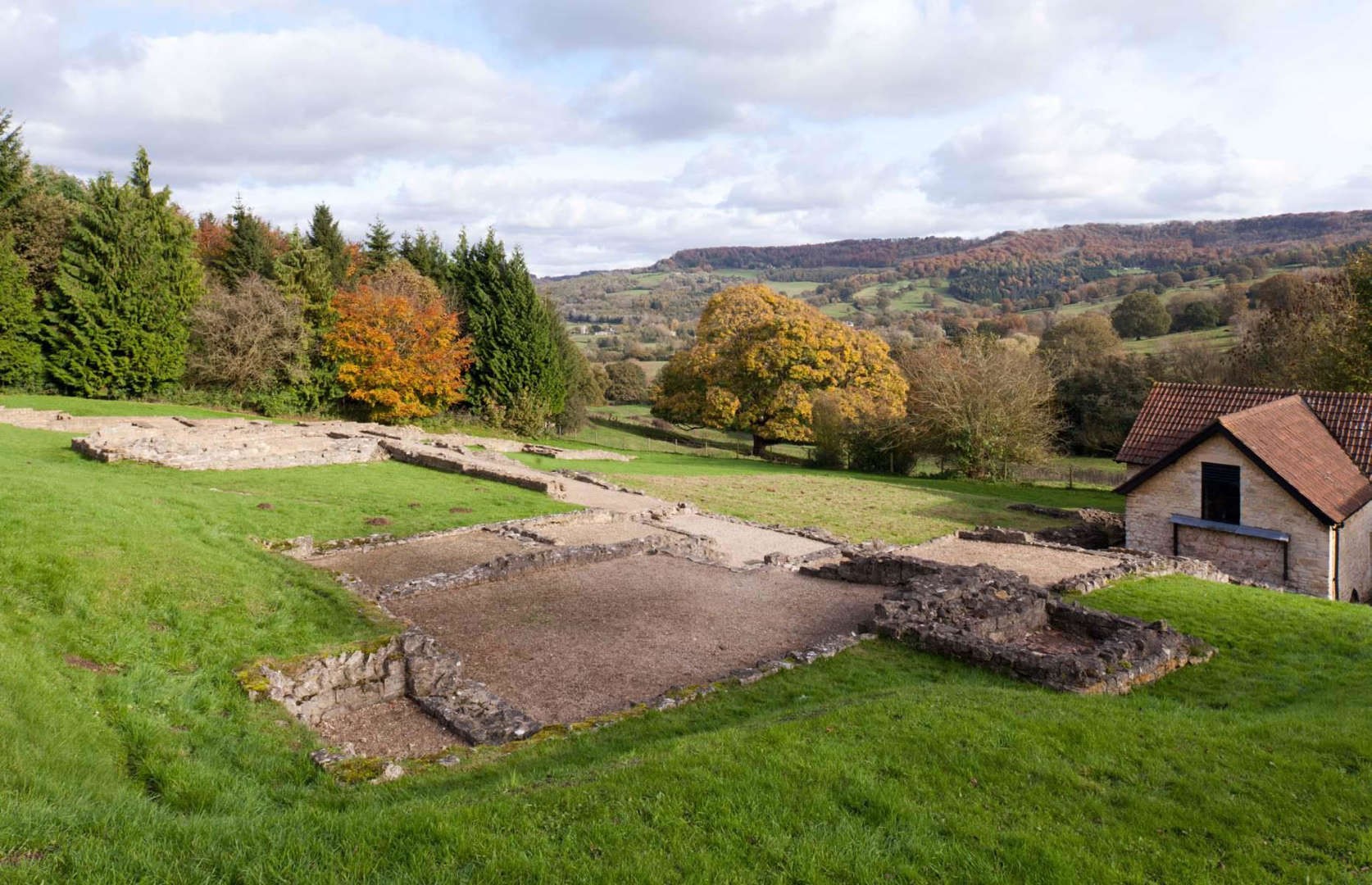
©Cotswolds Photo Library/Alamy
Great Witcombe Roman Villa, Gloucestershire, England, UK
Lauded as one of Britain’s largest Roman homes, Great Witcombe dates back to around the mid-3rd century. Among its lavish amenities are the remains of two bathhouses that together take up almost the entire west wing. It’s thought the property’s affluent owner may have been involved in politics in the nearby market town of Gloucester, which the Romans called Glevum. The villa’s location would have provided them with the best of both worlds – the tranquillity of a rural setting within Glevum’s commuter belt.
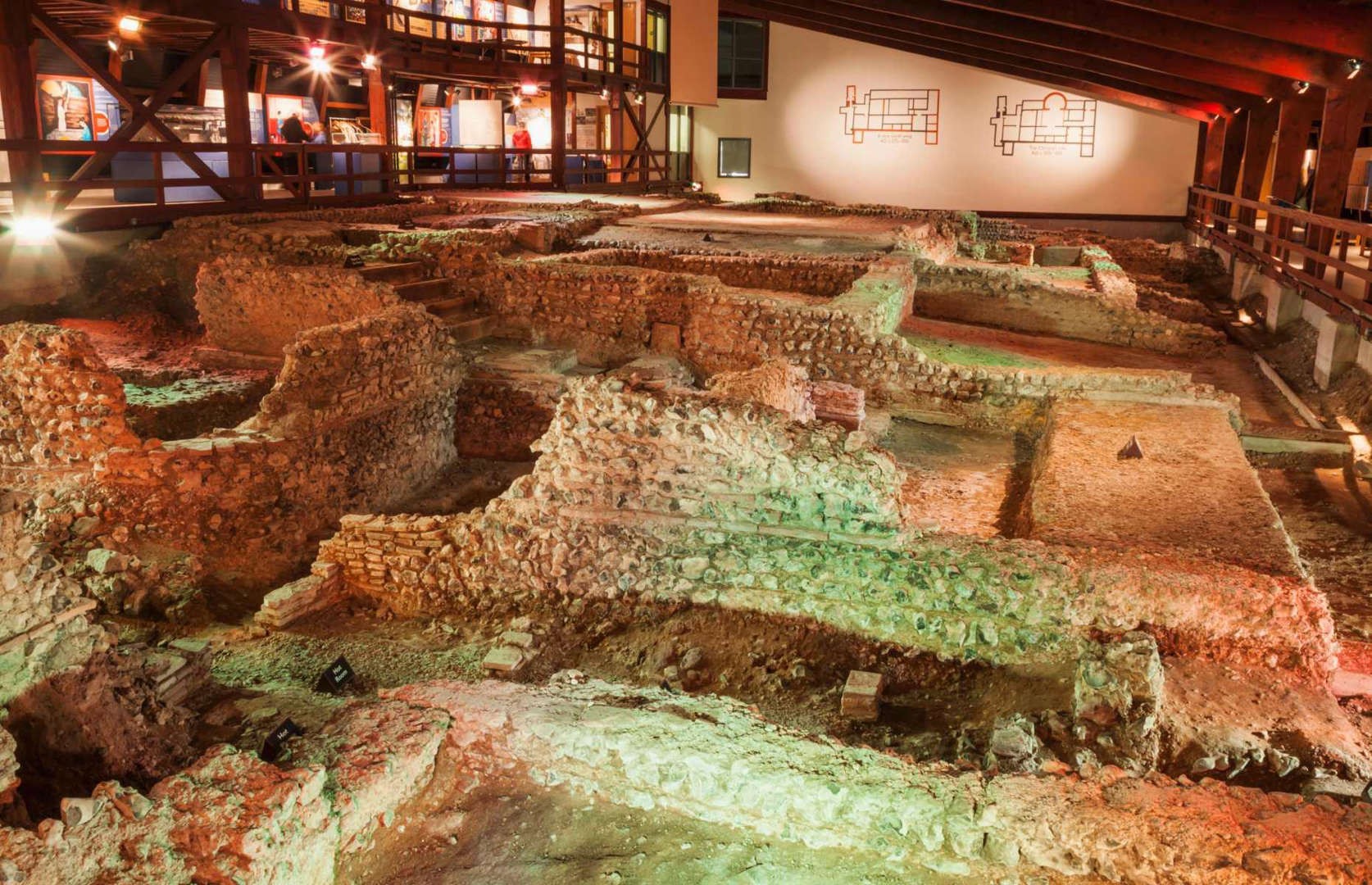
©Steve Vidler/Alamy
Lullingstone Roman Villa, Kent, England, UK
Astonishing for both its scale and its survival, Lullingstone Roman Villa evolved over several centuries from around AD 100. The oldest part of the complex is a so-called 'winged-corridor house', a common style of Roman dwelling found across Britain. The villa then enjoyed a major extension in the latter half of the 2nd century, suggesting that its owner was doing well for himself. Some historians have identified him as Publius Helvius Pertinax, a senator, governor of Britain and future emperor (though he was murdered 87 days into his reign). In the villa’s cellar are the remnants of a cult room, probably dedicated to a water deity or nymph.
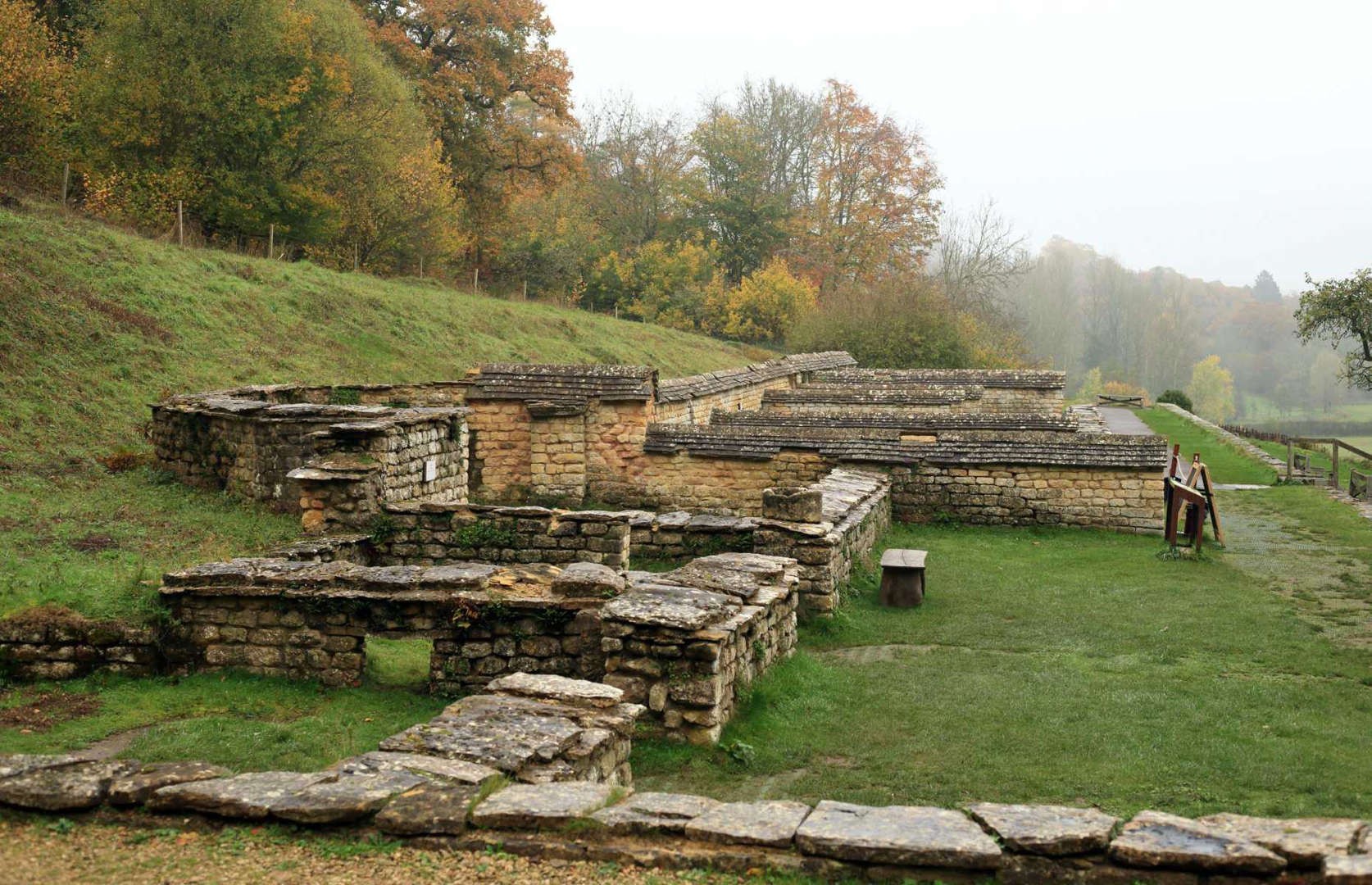
©Robert Macdonald/Alamy
Chedworth Roman Villa, Gloucestershire, England, UK
One of several villas in England's Cotswolds, Chedworth was rediscovered in 1864 and would have been in its opulent prime around AD 360. Its former owners are thought to have made their fortunes in farming, as images of Bacchus – god of wine, fertility and agriculture – appear often in the tiled floor of the triclinium (dining room). In 2020, archaeologists at Chedworth unearthed Britain’s first known 5th-century mosaic. The find changed our understanding of the decline of Roman Britain, as it was previously thought that all Roman towns and villas had been abandoned by the end of the 4th century.






















